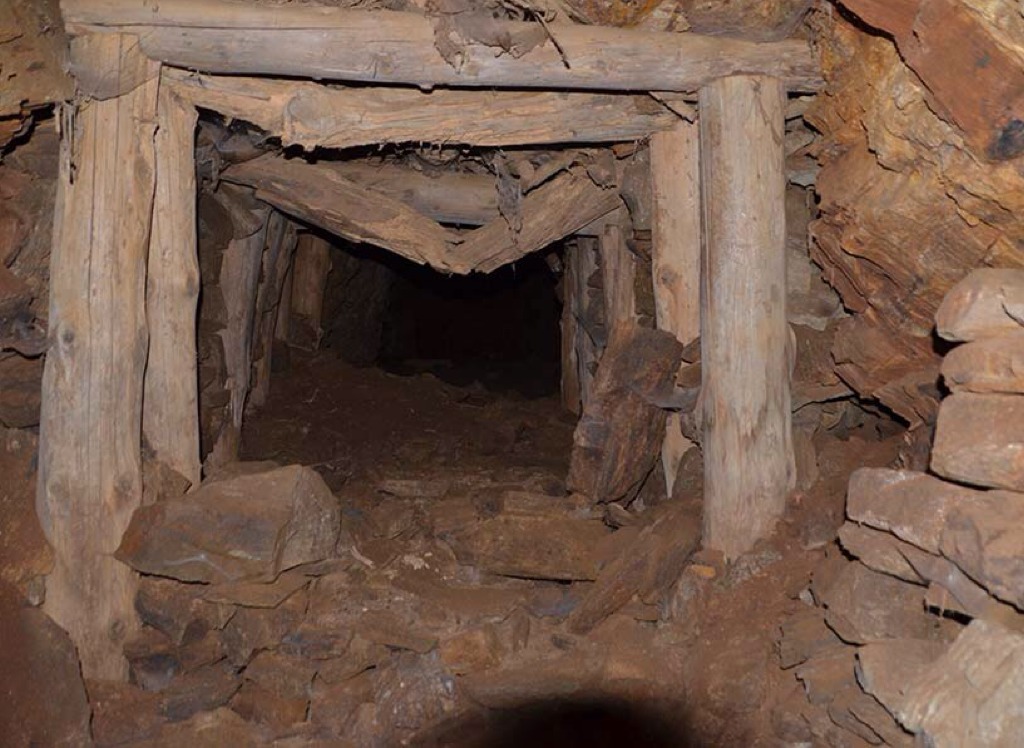Sign up for FlowVella
Sign up with FacebookAlready have an account? Sign in now
By registering you are agreeing to our
Terms of Service
Loading Flow


On hearing that there was gold to be found, thousands of people left their homes and jobs and set off to the diggings to find their fortune. At the start of the gold rush, there were no roads to the goldfields, and no shops or houses there. People had to carry everything they needed. They travelled by horse or bullock, or by walking with a wheelbarrow loaded with possessions. At first there were mainly men at the diggings, but later on they were joined by their families. There were a few women diggers however, and the rich Bendigo goldfields were discovered by a woman.
At the diggings, the gullies were filled with claims, and so the higher ground nearby soon became huge campsites. People lived in tents at first, but later on huts made from canvas, wood and bark were built. Gradually there were stores and traders and other amenities, but life remained hard. The settlements were all rather makeshift and temporary. Gold buyers and traders set up stores. Hotels and boarding houses were established, built of wood and lined with calico. The government camps were made of wood, and included a jail and accomodation for the soldiers. At some goldfields there were even theatres where travelling performers entertained the diggers.
There was violence on the goldfields. Thousands of people intent on making a fortune were all crammed together in a small location, in rough accommodation with few comforts, and tensions rose easily. There were fights, often over claim jumping when people took over someone else's claim, the space they were mining. To keep their claim, a person had to work on it every day except Sunday, so if no one was working a claim, someone else would take it. The journey to and from Melbourne was long and hard, and dangers included bushrangers who held up travellers and robbed them. The police were brutal, many were ex convicts who were looking out for themselves. A few struck good finds of gold and became rich, but many did not. Mostly the people who did well were the tradesmen who sold food and equipment, or landowners who sold land to people who wanted to build homes and settle down after the gold rush. Food and other goods had to be brought in by cart and so were very expensive.
People came to Australia from all over the world. Their intention was to strike it rich and return home to their own countries. For many, the journey to Australia took seven or eight months, and on the cheapest fares, conditions were tough. There were many epidemics of illness on the ships, and those who survived the journey arrived at the goldfields weak and unfit for the hard life on the diggings.
Fresh food at the diggings was limited, and the basic diet was mutton, damper (a bread made of flour, water and salt, cooked over an open fire) and tea. Clean water was in short supply because the diggers muddied the creeks, so cleanliness was difficult. Sewerage was not disposed of in a sanitary fashion, and disease was common. There were a few doctors or chemists at the diggings, but not all were qualified. Many people died of diseases such as dysentery or typhoid.
What were the conditions for the miners during the gold-rushes?